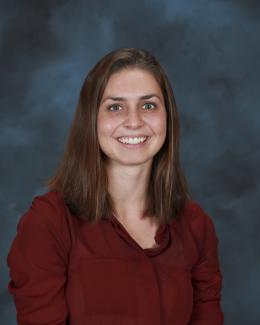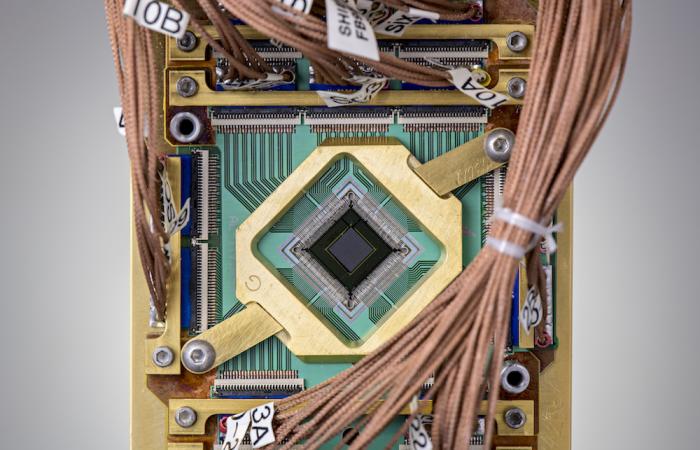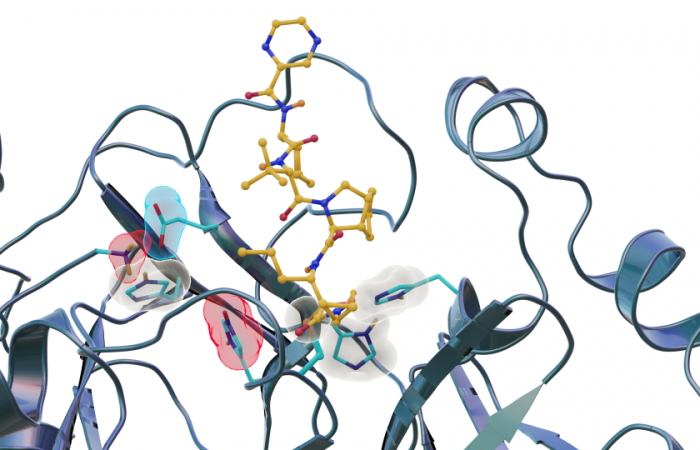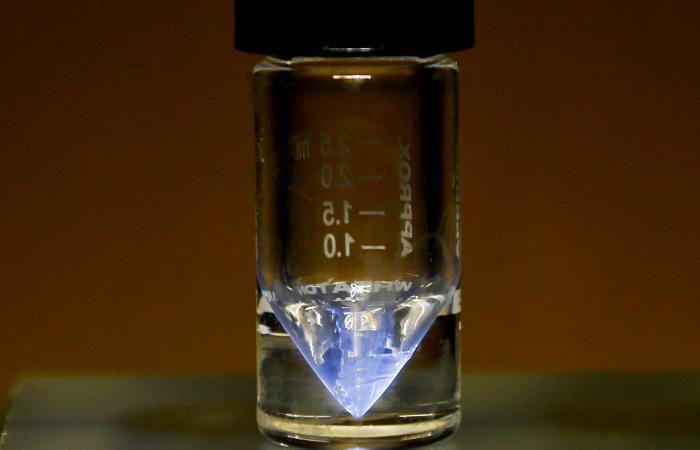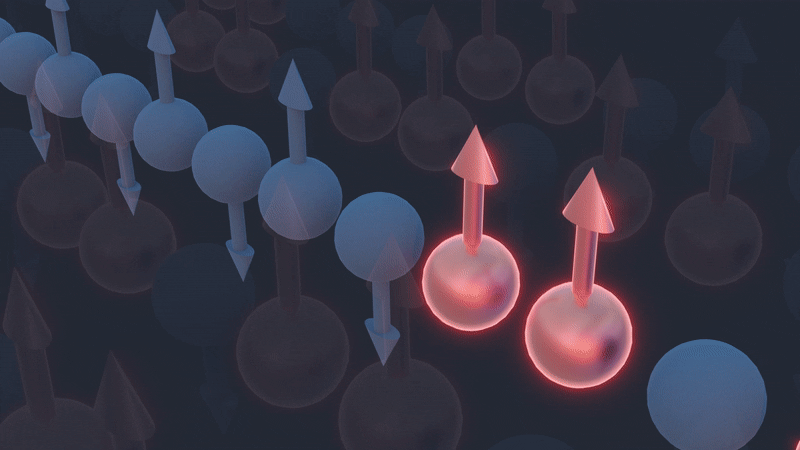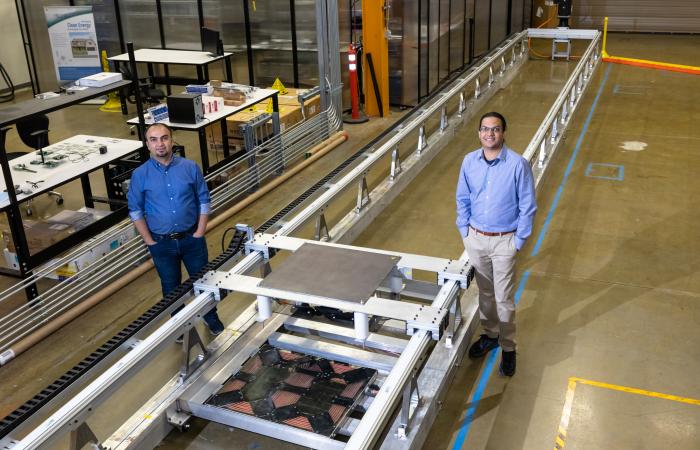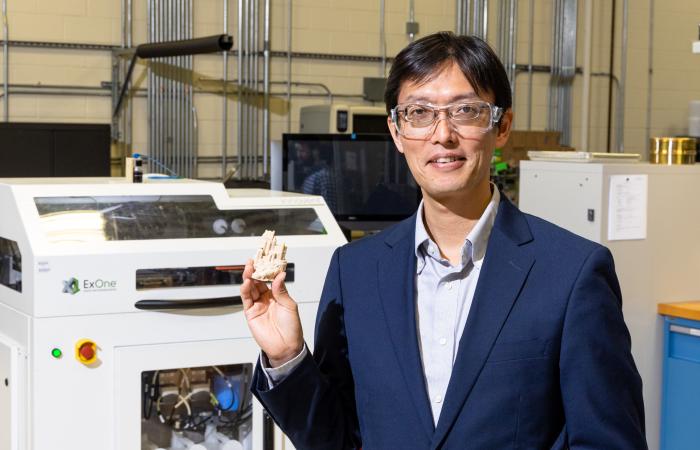Despite challenges posed by the COVID-19 pandemic, research at Oak Ridge National Laboratory in 2021 continued apace, with developments across the lab’s broad science and technology missions. Among our most popular news stories in the past year:
Supercomputing: Supercomputers aid scientists studying the smallest particles in the universe
(Jan. 25) Using the Summit supercomputer housed at ORNL, a team of nuclear physicists developed a promising method for measuring quark interactions in hadrons and applied this method to simulations using quarks with close-to-physical masses.
Quantum computing: Quantum computing enables simulations to unravel mysteries of magnetic materials
(Feb. 9) A multi-institutional team became the first to generate accurate results from materials science simulations on a quantum computer that can be verified with neutron scattering experiments and other practical techniques. Researchers from ORNL, the University of Tennessee, Purdue University and D-Wave Systems harnessed the power of quantum annealing, a form of quantum computing, by embedding an existing model into a quantum computer.
COVID-19: Neutrons reveal unpredicted binding between SARS-CoV-2, hepatitis C antiviral drug
(March 23) Scientists have found new, unexpected behaviors when SARS-CoV-2 – the virus that causes COVID-19 – encounters drugs known as inhibitors, which bind to certain components of the virus and block its ability to reproduce. Researchers at ORNL used neutron scattering to investigate interactions between telaprevir, a drug used to treat hepatitis C viral infection, and the SARS-CoV-2 main protease, the enzyme responsible for enabling the virus to reproduce.
Medical isotopes: ORNL meets key FDA milestone for cancer-fighting Ac-225 isotope
(March 26) A rare isotope in high demand for treating cancer is now more available to pharmaceutical companies developing and testing new drugs. The U.S. Food and Drug Administration recently acknowledged receipt of ORNL’s drug master file for actinium-225 nitrate.
Quantum science: Quantum material’s subtle spin behavior proves theoretical predictions
(March 31) Using complementary computing calculations and neutron scattering techniques, researchers from the Department of Energy’s Oak Ridge and Lawrence Berkeley national laboratories and the University of California, Berkeley, discovered the existence of an elusive type of spin dynamics in a quantum mechanical system.
Electric vehicles: Hands-free: Wireless charging system advances electric vehicle convenience
(May 18) ORNL scientists have for several years now steadily advanced a wireless charging technology that can make powering an EV just as easy, or easier, than filling up a car with gas. The researchers are now nearing the completion of a new system to charge EVs while they’re in motion. The lab’s wireless charging technology was licensed by HEVO.
Nuclear energy: Reactor components 3D printed by ORNL now installed at TVA Browns Ferry nuclear plant
(Aug. 9) Four first-of-a-kind 3D-printed fuel assembly brackets, produced at the Department of Energy’s Manufacturing Demonstration Facility at ORNL, have been installed and are now under routine operating conditions at the Tennessee Valley Authority’s Browns Ferry Nuclear Plant Unit 2 in Athens, Alabama.
Energy efficiency: ORNL’s simulation tool creates digital twin of buildings from coast to coast
(Aug. 11) A new tool that simulates the energy profile of every building in America will give homeowners, utilities and companies a quick way to determine energy use and cost-effective retrofits that can reduce energy and carbon emissions. ORNL researchers developed a modeling program that provides energy details for every one of the 129 million buildings across the United States using publicly available data.
Better batteries: New scalable method resolves materials joining in solid-state batteries
(Nov. 10) Scientists at ORNL have developed a scalable, low-cost method to improve the joining of materials in solid-state batteries, resolving one of the big challenges in the commercial development of safe, long-lived energy storage systems.
Additive manufacturing: Polymer discovery gives 3D-printed sand super strength
(Nov. 12) Researchers at ORNL designed a novel polymer to bind and strengthen silica sand for binder jet additive manufacturing, a 3D-printing method used by industries for prototyping and part production.
UT-Battelle manages ORNL for the Department of Energy’s Office of Science, the single largest supporter of basic research in the physical sciences in the United States. The Office of Science is working to address some of the most pressing challenges of our time. For more information, please visit energy.gov/science.
